The Financial Side of Brand Licensing: Costs, Royalties, and Profitability
Securing a brand licensing deal can be a game-changer for your food or beverage company, but it’s crucial to understand the financial implications before diving in. While licensing offers tremendous benefits—such as instant brand recognition and increased distribution opportunities—it also comes with costs that can impact profitability. In this guide, we’ll break down the key financial factors you need to consider when negotiating and managing a brand licensing deal.
Understanding Royalty Structures
Royalties are the backbone of most licensing agreements. They represent the percentage of sales you’ll pay to the licensor in exchange for using their brand. Typical royalty structures include:
Percentage of Sales – The most common model, where the licensee pays the licensor a percentage of net sales, usually ranging from 3% to 10% in the food and beverage industry.
Flat Fee – A fixed amount paid periodically, regardless of sales volume.
Hybrid Model – A combination of a flat fee plus a percentage of sales.
Upfront Costs & Fees
Licensors often require financial commitments beyond royalties. These may include:
Upfront Licensing Fees – A one-time fee paid to secure the rights to use the brand.
Minimum Guarantees – A commitment to pay a minimum royalty amount annually, even if sales don’t reach expected targets.
Marketing Contributions – Some licensors require licensees to allocate funds for co-branded marketing campaigns.
Product Development & Compliance Costs – Adapting your product to meet the licensor’s quality and branding standards can add additional expenses.
Profitability Analysis: Will Licensing Make You Money?
Before entering into a licensing deal, you need to evaluate whether it makes financial sense. Key factors to consider:
Cost of Goods Sold (COGS) – Ensure that after royalties and other fees, you still have a healthy profit margin.
Retail Price & Competitive Positioning – Licensed products often command a premium price, but can your target market support it?
Sales Projections – Estimate how much product you’ll need to sell to cover licensing costs and turn a profit.
Break-even Analysis – Calculate the sales volume required to cover licensing expenses and become profitable.
Hidden Costs to Watch Out For
Beyond the obvious fees, there are additional costs that can impact your bottom line:
Packaging & Labeling Updates – Licensors often require specific branding elements, which can increase design and printing costs.
Retail Slotting Fees – Getting into major retailers often comes with placement fees.
Inventory Commitments – Some agreements may require you to maintain a certain inventory level, tying up capital.
Legal & Compliance Costs – Ensuring your product meets regulatory and licensing standards can add legal expenses.
Negotiating Better Financial Terms
To protect your profitability, consider these strategies during negotiations:
Lower Minimum Guarantees – Negotiate a reasonable minimum commitment that aligns with realistic sales expectations.
Gradual Royalty Tiers – Request a lower royalty rate initially, increasing as sales volume grows.
Co-op Marketing Support – Ask the licensor to contribute to marketing efforts rather than requiring you to bear the full cost.
Exclusivity Clauses – If your deal includes exclusivity, ensure it justifies the financial commitment.
Final Thoughts
A brand licensing deal can be highly profitable if structured correctly, but it’s essential to factor in all costs and ensure the agreement aligns with your financial goals. By thoroughly analyzing royalties, upfront fees, and hidden costs—and negotiating favorable terms—you can set your business up for long-term success.
Are you considering a licensing partnership? Let’s discuss how to structure a deal that maximizes profitability for your brand!
